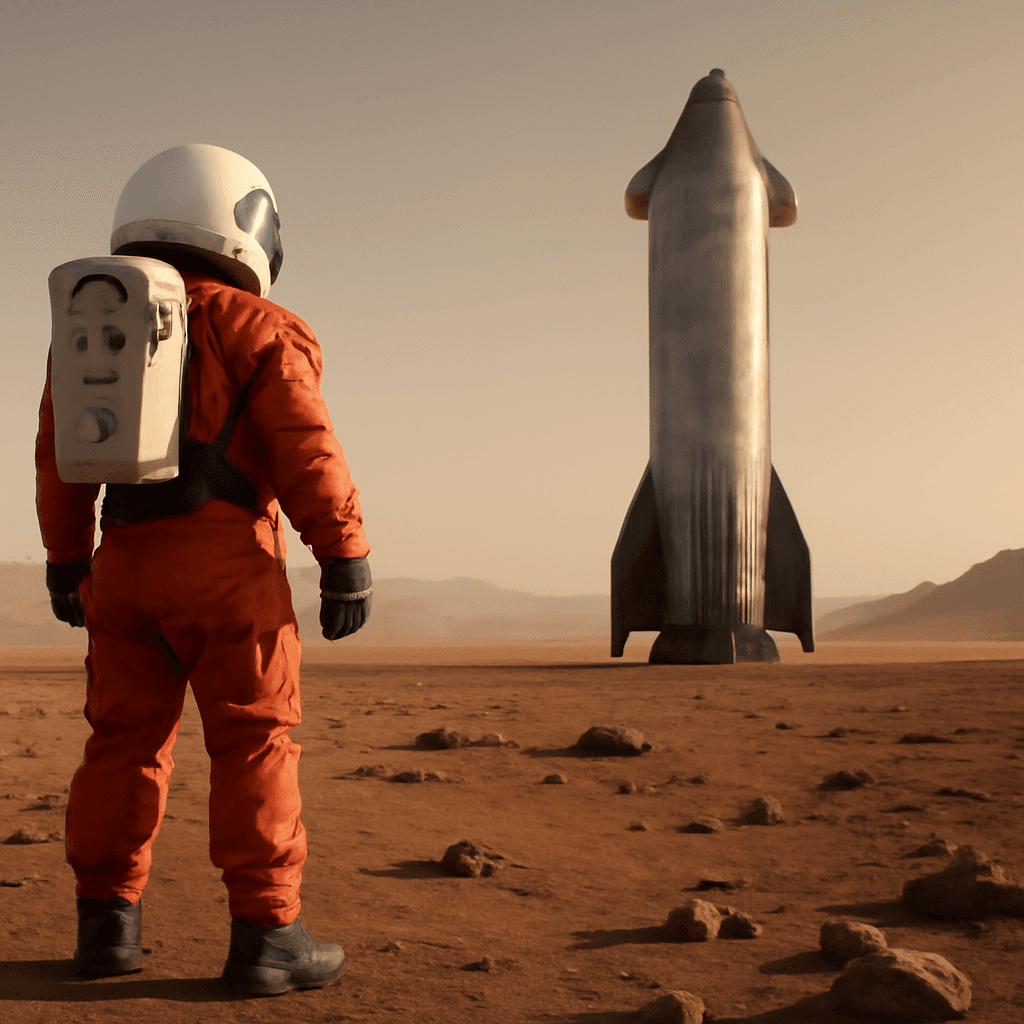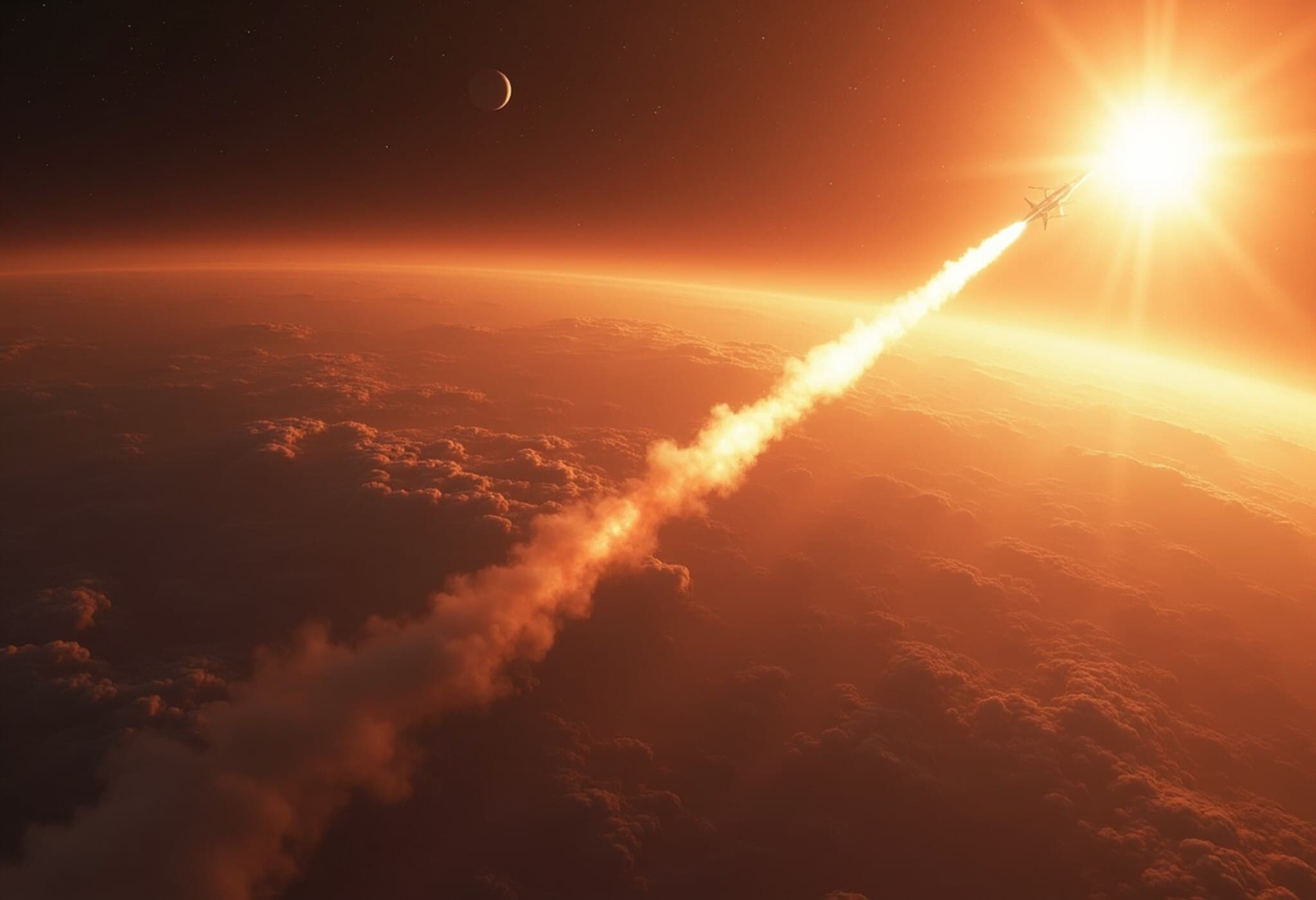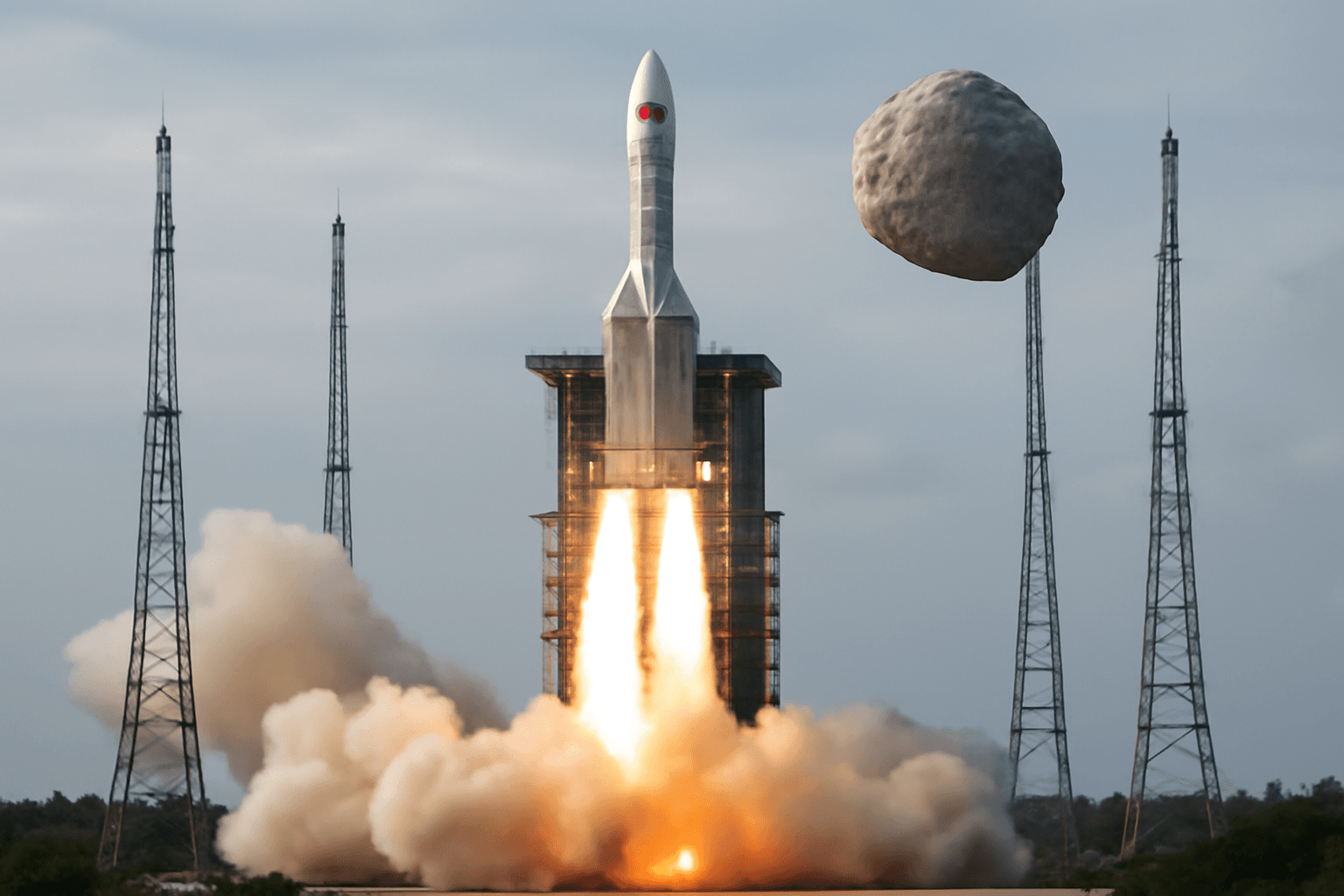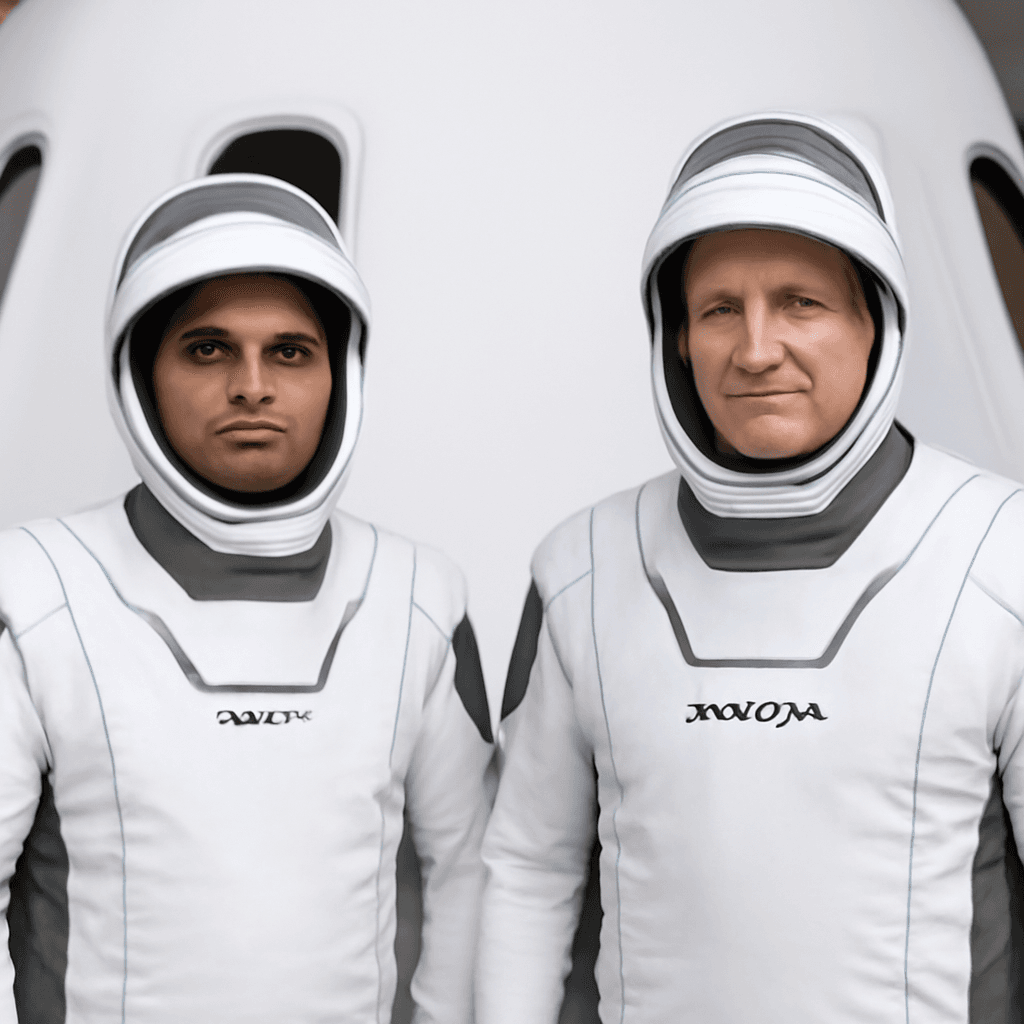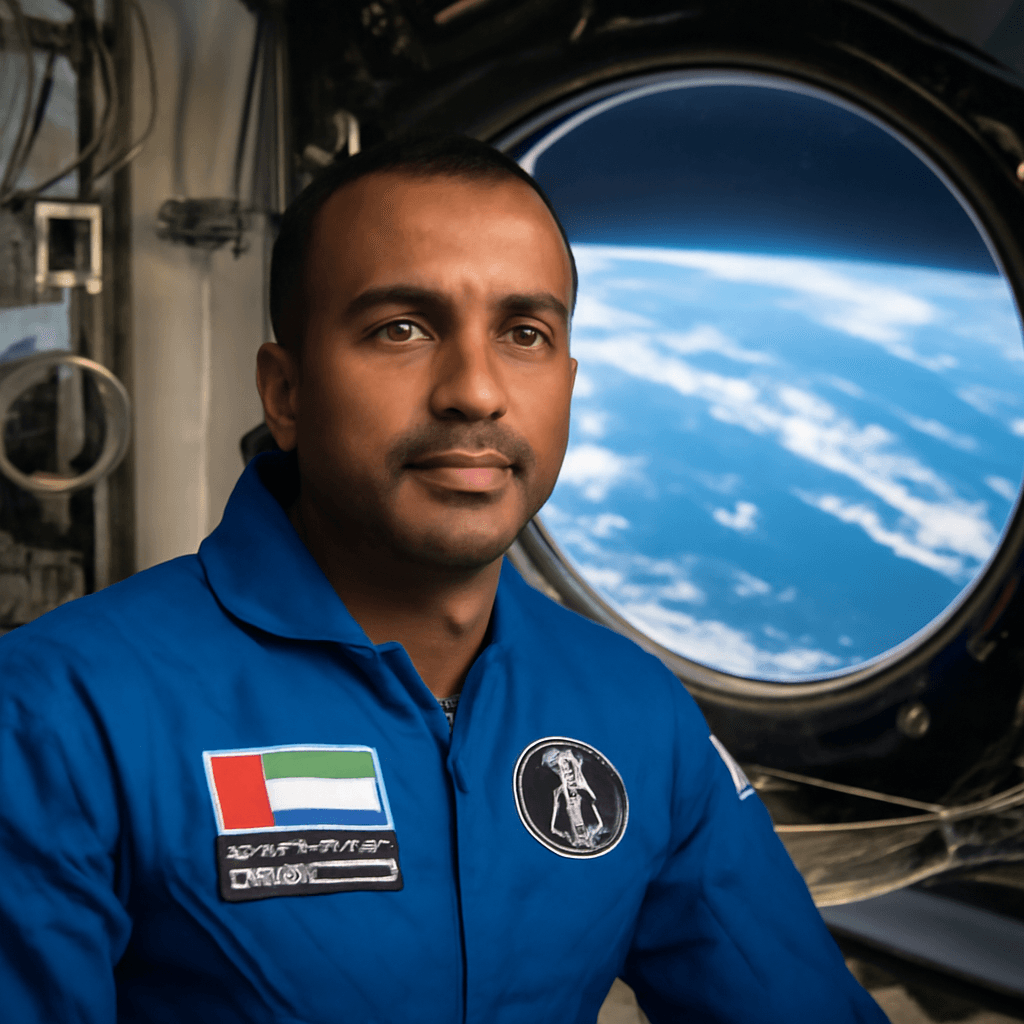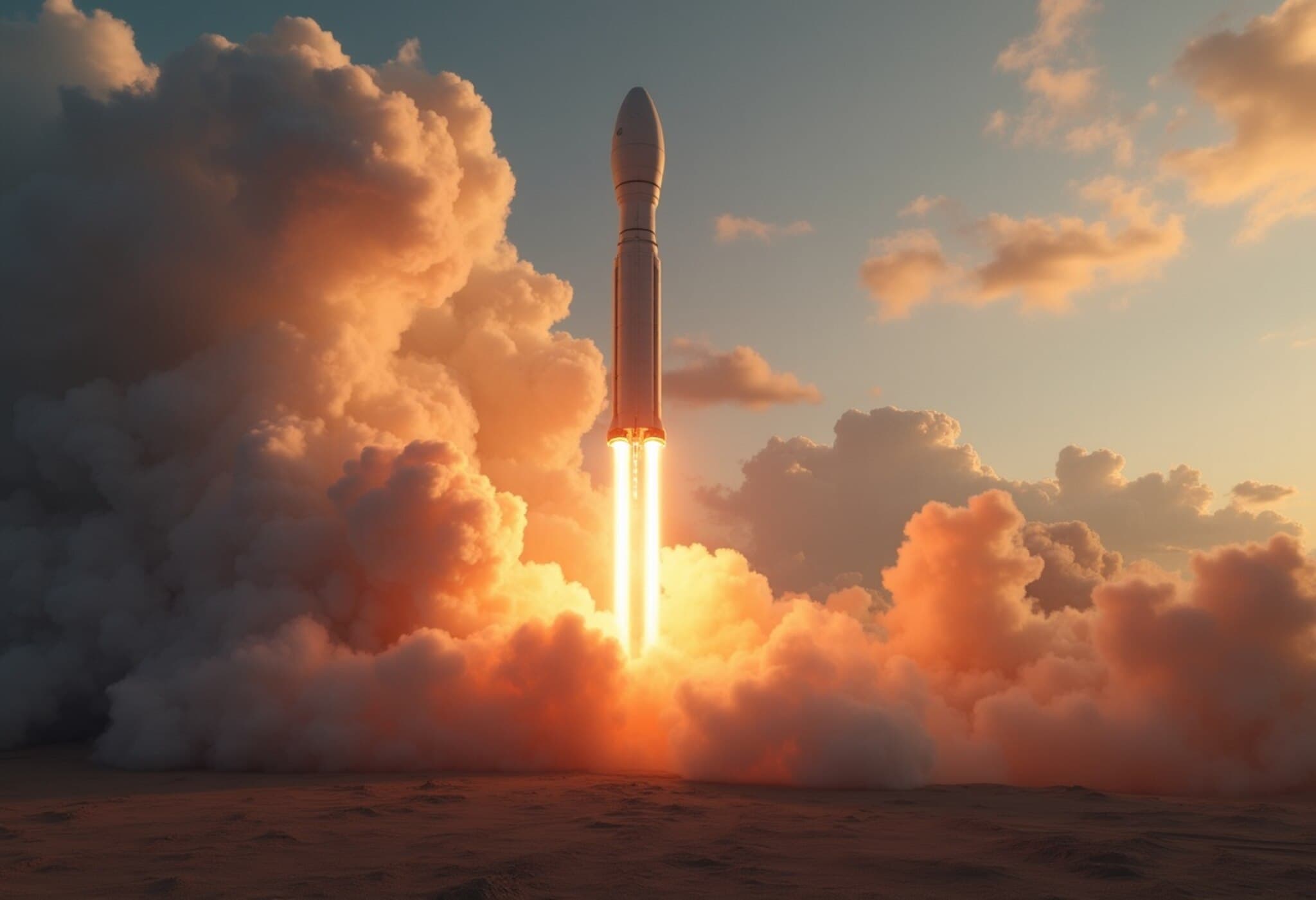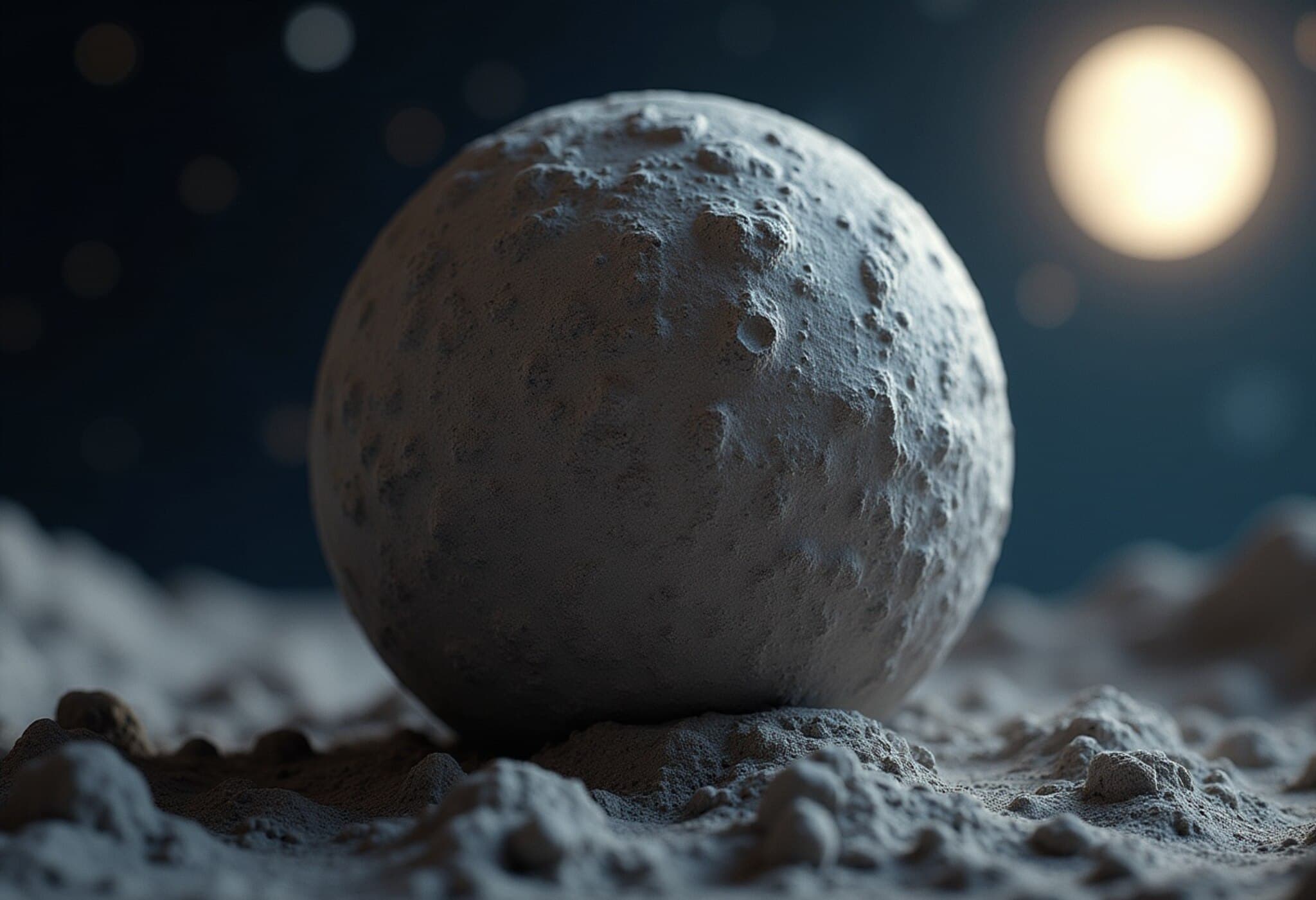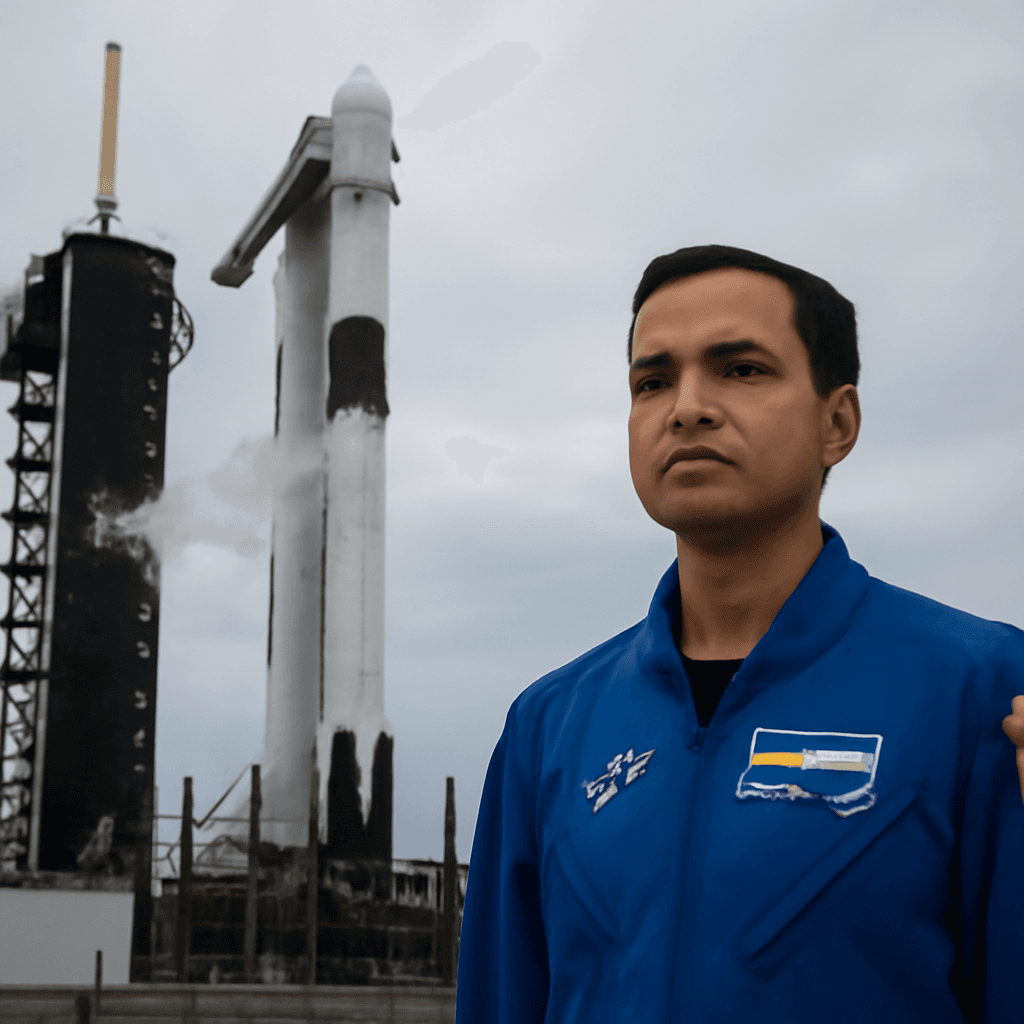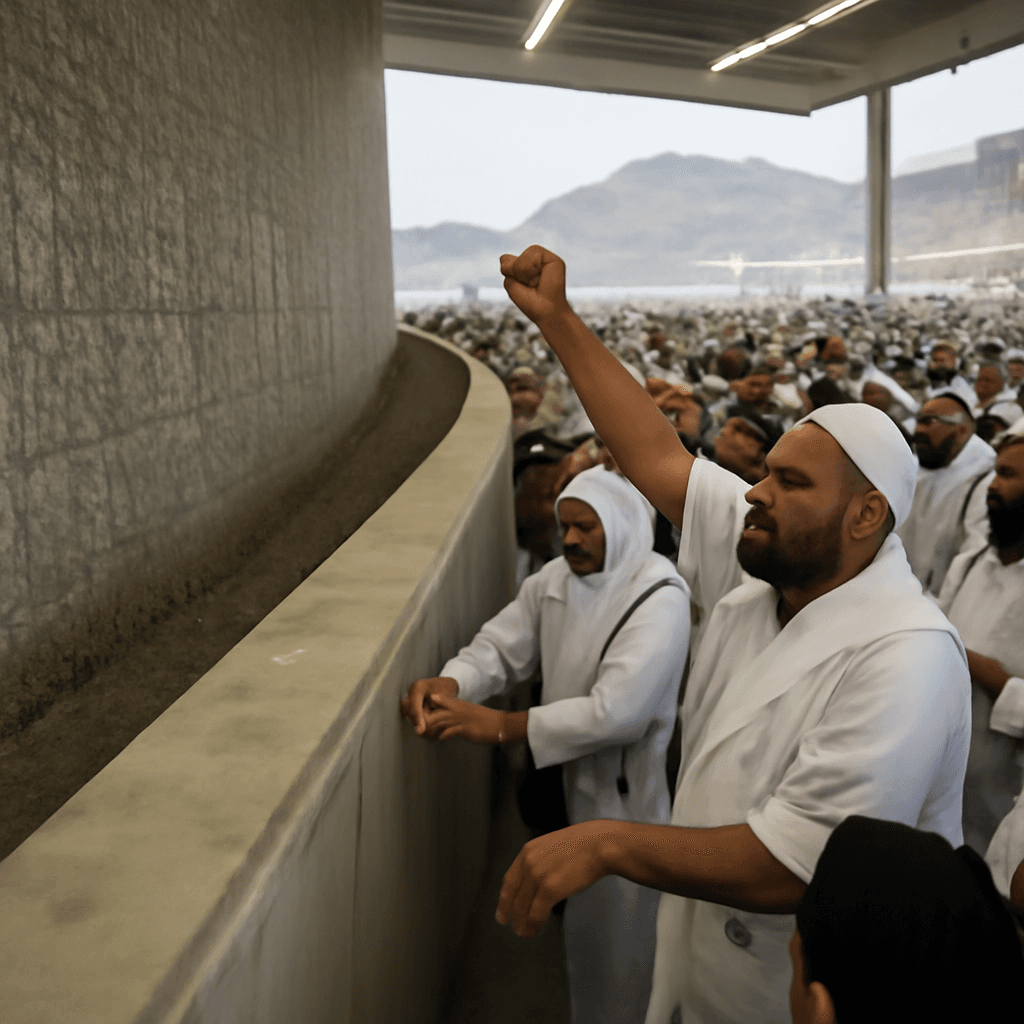The Ambition of Crewed Mars Exploration
Humanity's quest to explore the cosmos remains a profound aspiration. Advancing this pursuit, a crewed mission to Mars represents one of the most ambitious and technically demanding endeavors ever undertaken. US political leadership has expressed commitment to this goal, with ambitions to assert national presence on Mars as a symbol of progress and innovation.
Scientific and Strategic Drivers
A mission to Mars aims to unlock critical scientific answers, including:
- Determining whether Mars ever supported life
- Understanding the geological and atmospheric evolution of the Red Planet
- Studying the history of the Sun through Martian soil analysis
Beyond science, geopolitical considerations inspire efforts to demonstrate leadership in space exploration. The prospect of planting a national flag on Mars embodies aspirations tied to technological excellence and global influence.
Technological Hurdles and Transportation
SpaceX’s Starship rocket is central to envisioned Mars transit plans, touted as the largest rocket ever built. Despite setbacks during multiple test flights, the company aims for an unmanned launch by late 2026, aligning with optimal Earth-Mars orbital positioning.
Nonetheless, this timeline is widely seen as ambitious. Crucial milestones such as the upper stage landing and in-orbit refueling remain unproven. Expert opinions vary regarding Starship's readiness; some support its potential while others highlight uncertainties due to limited technical disclosures.
Alternative propulsion technologies, such as Nuclear Thermal Propulsion (NTP), are being explored. NTP uses nuclear fission to heat propellant, achieving significant thrust in a compact design. This method could reduce or eliminate reliance on orbital refueling, offering advantages for long-duration missions.
Crew Safety and Health Considerations
The journey to Mars poses substantial health risks. Astronauts face protracted exposure to intense cosmic radiation beyond Earth's magnetosphere, increasing cancer and other health risks.
Radiation protection strategies include:
- Passive shielding with dense materials
- Active concepts like plasma fields to deflect radiation
- Pharmaceuticals to mitigate cellular damage
Microgravity environments contribute to muscle and bone deterioration, necessitating rigorous exercise regimes. Without simulated gravity systems, such as rotational habitats, these physiological effects remain a critical challenge.
Mental well-being also requires attention. Growing plants onboard, beyond nutritional benefits, supports crew morale, as evidenced by experience on the International Space Station (ISS). Communication delays further complicate mission support, limiting real-time assistance for emergencies.
Life on the Martian Surface
Exploration on Mars presents unknowns. Robotic missions have detected organic molecules and seasonal methane fluctuations, yet no conclusive evidence of life exists. Terrestrial extremophiles, able to survive harsh conditions, provide biological models suggesting potential for life adaptation on Mars.
Nuclear fission power has been selected to support surface operations. Other factors under consideration include:
- Crop cultivation suited to Martian conditions
- Habitat design focused on crew comfort and stress reduction
The Martian day, slightly longer than Earth's, impacts circadian rhythms, potentially increasing fatigue and tension among settlers during extended missions projected to last about 500 days on the surface.
Long-Term Challenges and Considerations
Extended habitation and colonization bring additional complications. Critical biological questions remain, such as whether mammalian embryos can develop properly in reduced gravity and how childbirth might be managed. Medical preparedness for unforeseen reproductive events is essential.
Addressing these factors will be vital to ensuring crew safety, mission success, and sustainable human presence beyond Earth.

